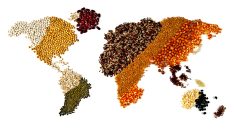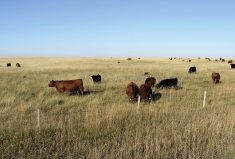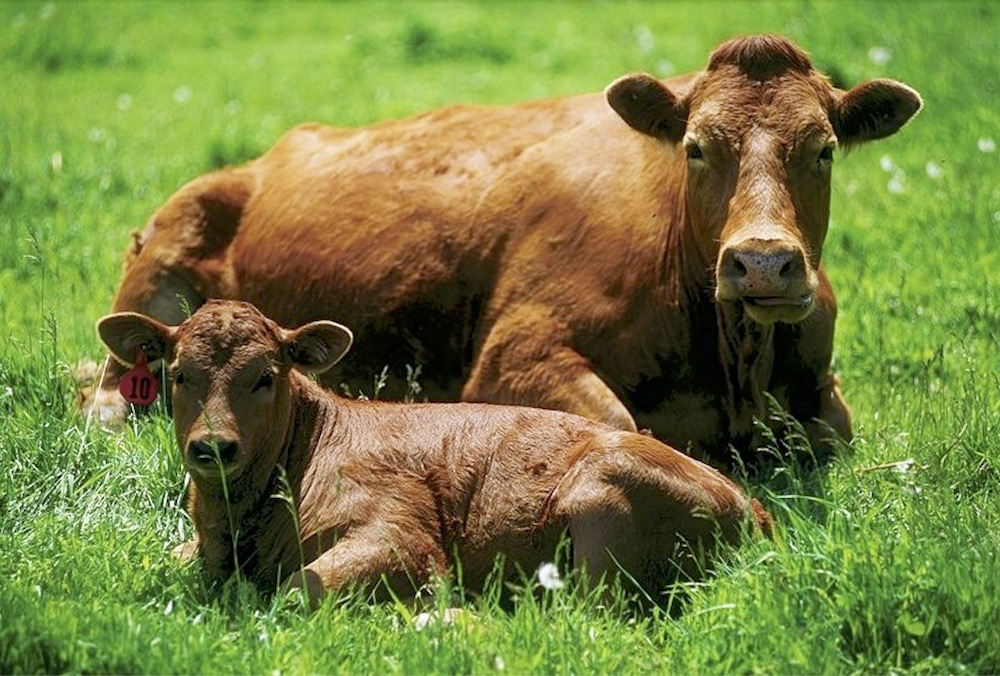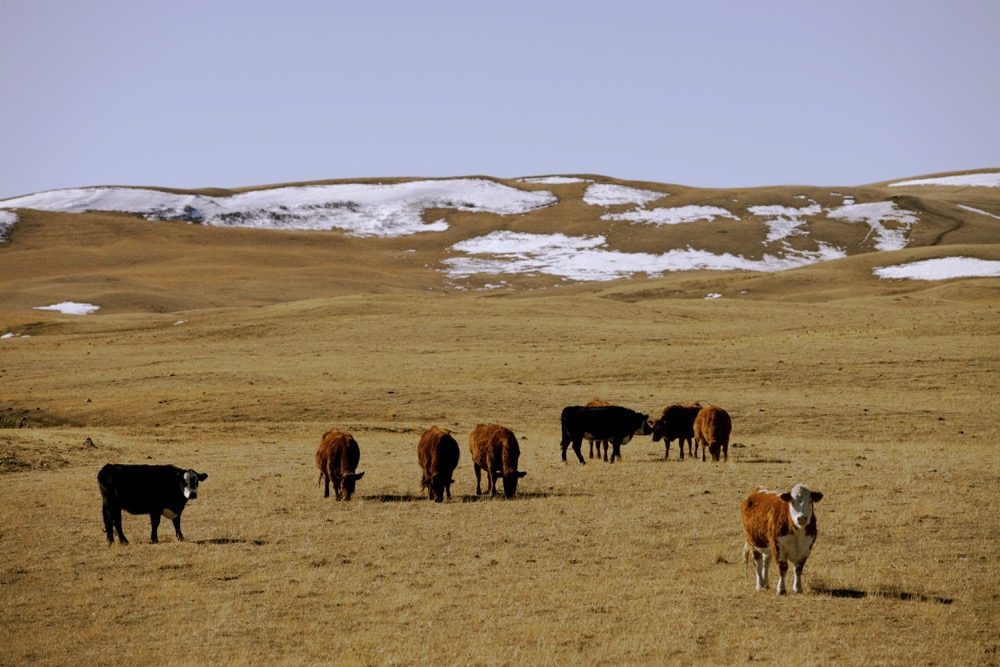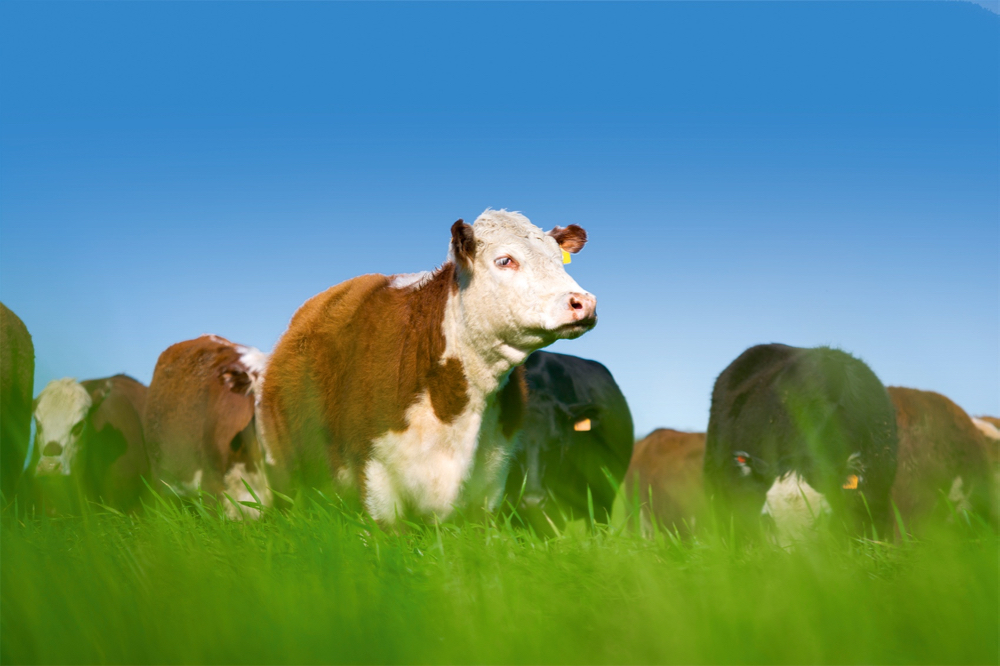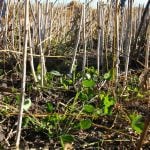Early adopters in technology are keen to implement all they can afford for the precision of farming and the rearing of food animals. Producers can and will use every available platform at their disposal, be that a drone, robot, artificial intelligence, ultra-high frequency, autonomous machines, cloud-based sensors or a host of others. These are needed advancements that could have a positive impact on both the growing of food and the environment one is wishing to regenerate. And the connectivity of people through the Internet of things allows for transformational dialogue, information transfer and market exposure.
Read Also
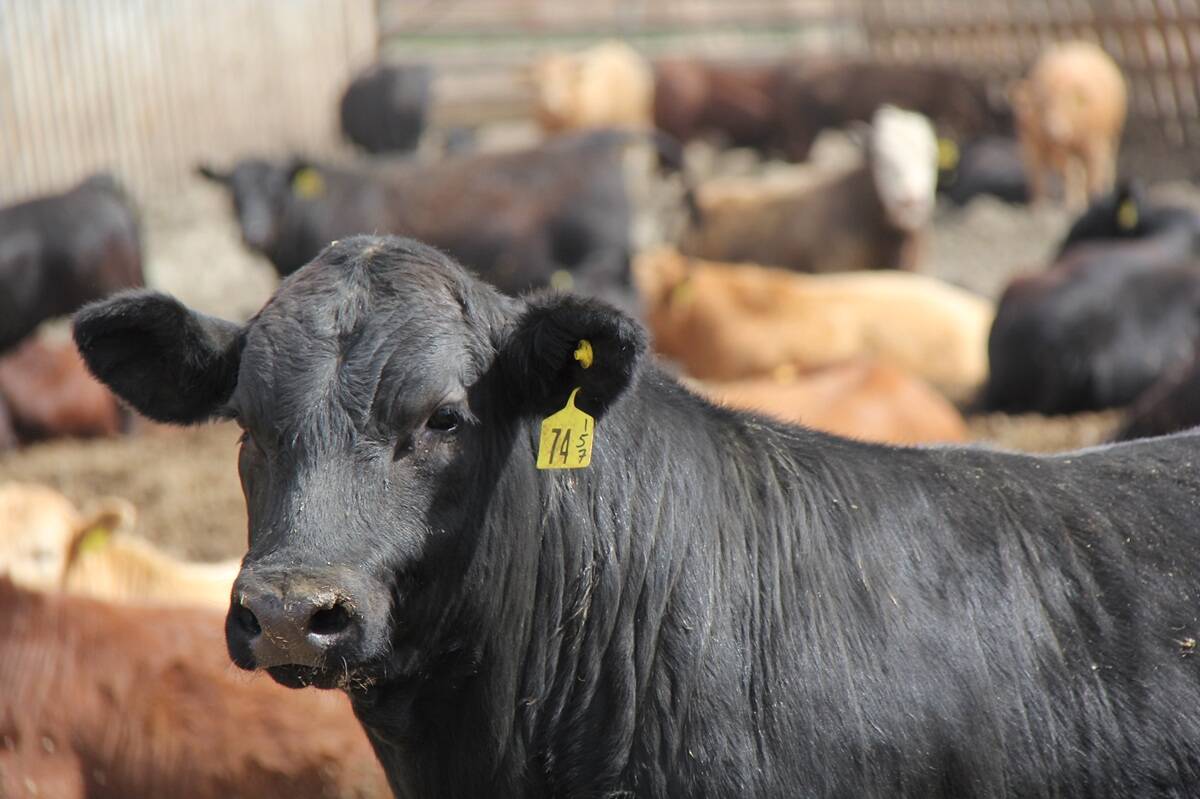
Mycoplasma bovis in beef cattle causes more than pneumonia
M. bovis causes pneumonia and is a major cause of infectious arthritis in calves and feeder cattle
The counter view is that technology could deplete rural communities as machines and virtual experiences replace living people residing in that space who grow not just food but create beautiful communities which, in turn, provide rural economic stability. Will three autonomous tractors replace three operators? As rural Canada is drained of her people, she could also be exhausted in political influence and societal appreciation. How do we continue to advance as food producers and still keep alive the rural Canada that we cherish?
Equally important is the continued pressure on land to perform under the weight of the capital and operational costs of the farm, including the costly new implement or technology. The push is on, and by human nature, there will be a rush to go with gusto while shifting input decisions to a third party who holds the rights to the technology or the data, such as in precision farming. Food producers are then unknowingly divesting themselves of those decisions and their implications over time.
These gradual changes are often unnoticed and the future impact can be underappreciated. What will cattle production look like in 25 years? Will livestock be regulated because of the information gap between urban and rural actions or will science have replaced red meat protein with another innovation? Will drones replace your horses and robots replace the feed truck?
- More ‘Straight from the hip’ with Brenda Schoepp: Weighing in on a Free Trade Agreement with China
As we stand at the crossroads and fully accept that technology is a great enhancement to animal welfare and comfort, personal safety, speed of commerce and enhanced information and communication, one also recognizes that the pressure point is at the bottom of our feet and not in our exploding head. For all food — animal and plants — grows in one medium and that medium is soil. Therefore all life as we know it — ours included — is soil dependent.
In single trait selection there will always be a trade-off, usually fertility. It is the same in high-production systems. Asking a steer to gain eight pounds a day will have a consequence, likely in health and in the perception of welfare. In the field, taking wheat to 200 bushels an acre will at some point deplete the soil or have an unrecoverable cost consequence. Is there a solution to improve nutrient density in all food, produce the volume of food needed and regenerate the environment?
The Industrial Revolution and food demand put production in high gear, and farmers became both enthusiastic and impatient to ride out the variability of performance in a field or grazing animal. In doing so, have we abandoned the primary purpose of the plant, which is to grow a root, take in carbon and sequester it deep into the soil for the purpose of regeneration? We must also ask: Have we taken an animal and confined it so we are forced to put pressure on annual production and lose the positive environmental impact of grazing animals or flock?
Don’t imagine for a minute that I profess to open the bins, gates and cages because our food demand would heartily outstrip the supply, but we are compelled at this point in history to revisit the origin of all things. The key for the future lies in the appreciation of the past, and for cattle they are part of the solution to regeneration. The adaptability of plants and animals to an environment is assured over time, and science and technology have been a complement to this. This is true if you look at beef cattle origins throughout Europe with the Aurochs and the other ancient breeds such as Wagyu (Japan), the Watusi (Egypt) and Zebu (subcontinental India). Cave drawings highlight how the Aurochs adapted and physically changed as their grazing environment evolved. Revisiting the concept of cattle as the solution rather than the problem in soil health is part of the ecological puzzle.
Wheat was functional grass in 10,000 B.C. and evolved to where it is today both naturally and technically, but the idea of planting was the foundation for forming a collection of families living in the same space with the same purpose. It was farming that built the first communities.
Approaching food production from an ecological perspective allows for the origin and the future to be intertwined and there is no separation between cause and effect. Technology is used to enhance soil integrity while adding value to the farming community in which it is housed. When plants are appreciated for their origin, breeding programs to recapture nutrient traits (or enhance them) and consider their innate ability as long-term sequesters, become intriguing, and those varieties needed for high output can be complementary in a rotation.
The appreciation of cattle as part of the solution, even when being checked and monitored with UHF technology by a drone, is a main driver in the action of the farm, and understanding that cattle have the ability to adapt allows for cost structure reduction. We can connect the Internet of all things and the origin of all things for a regenerative future for our soil and our lives.



